


Welcome! QSTORM-AO is a bold effort to build a new instrument capable of spying on the most fundamental biological processes occurring inside living cells in nanometer detail. Imagine seeing motor proteins hauling packages of cell nutrients step-by-step along microtubule tracks, or enzymes yanking apart chromosome pairs in preparation for cell division.
The obstacles are huge: we must target very bright fluorophores to particular molecules inside cells without destroying them; achieve pinpoint focus through a dense fog of living tissue, and optically resolve features 15-20 times smaller than the absolute diffraction limit of visible light.
Our cross-disciplinary research team is applying techniques from nanotechnology, astronomy, histochemistry, holography, optics, computer science, and DNA origami to get around all these obstacles and others as they arise.
The Q stands for quantum dots, our fluorophore of choice, and STORM is an acronym for STochastic Optical Reconstruction Microscopy, a diffraction-barrier shattering super‐resolution imaging technique developed by Harvard’s Xiaowei Zhuang. AO stands for Adaptive Optics, the use of computer-assisted deformable lenses to adjust for optical aberrations induced by atmospheric distortions in space; or, for us, the distortions produced by imaging through thick tissue.
QSTORM-AO is funded by the National Science Foundation’s program in Instrument Development for Biological Research (Award numbers 1555541, 155470, 1555576).
The original QSTORM collaboration (2010-2015) launched from an NSF Innovations in Biological Imaging and Visualization Ideas Lab held in May 2010. The story of those first years of research is told at qstormlegacy.org, the QSTORM Legacy website.
This public website serves as both our collaborative lab notebook and as a portal to others interested in learning about the quest to see life in action at the molecular level. Use this form to send us a message or ask questions. Thank you for visiting!
Any opinions, findings, conclusions or recommendations expressed herein are those of the authors and do not necessarily reflect the views of the National Science Foundation.
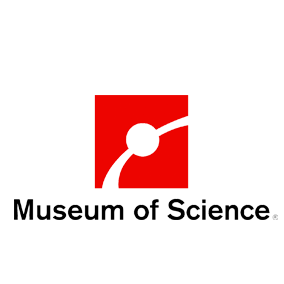
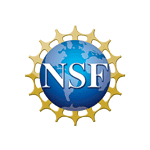
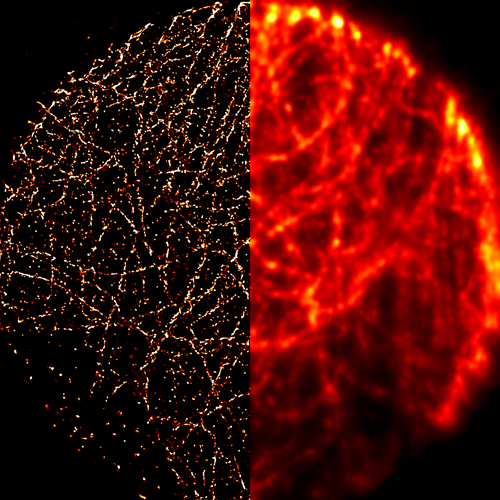
You are seeing two views of a network of nanoscale microtubules inside a cell. Notice the far superior resolution of the two-color STORM image on the left vs. the widefield optical microscopy image on the right. (Kner Lab)
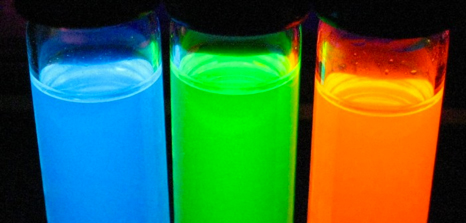
Quantum dots emit much brighter and longer-lasting fluorescence than the dyes typically used in STORM imaging. The QSTORM QDot team is developing a way to use them with STORM. (Nanotech Magazine)
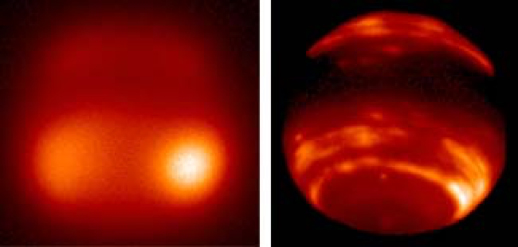
Astronomers used Adaptive Optics to correct (right) the distorted image (left) of Neptune's methane clouds; the QSTORM Optics Team is using similar techniques to resolve nanoscale structures within biological tissue. (University of Arizona)
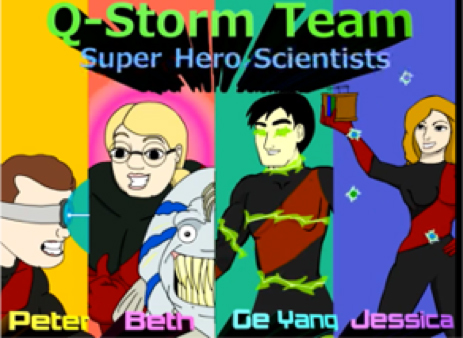
See our complete collection of animations, videos, and podcasts here.